An air compressor is one the most basic pieces of equipment in car garages, paint shops or tyre services, as well as private garages and workshops of DIY enthusiasts. Read our article and find out about different types of air compressors, and which one to choose for painting.
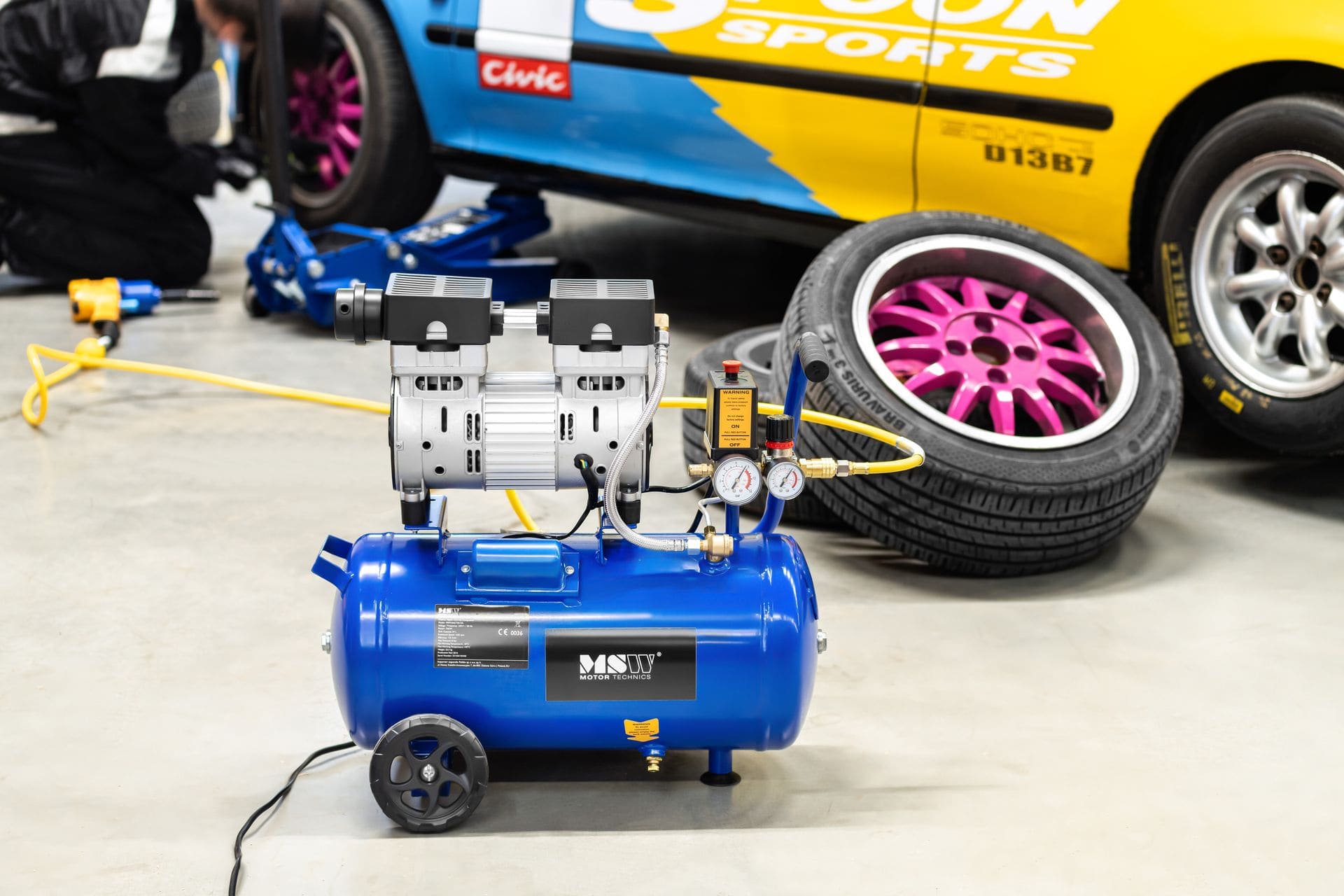
An air compressor is one the most basic pieces of equipment in car garages, paint shops or tyre services, as well as private garages and workshops of DIY enthusiasts. Read our article and find out about different types of air compressors, and which one to choose for painting.
What are compressors used for?
In order to find out what compressors are for, you should first understand how they work. Air compressors work by forcing air into a container and pressurising it. The air can then be used not only for inflating tyres in cars, motorbikes and bicycles, but also powering air tools such as sandblasters, grease guns, grinders, etc. Compressors are also used to inflate mattresses, dinghies, beach toys, and garden jacuzzis. Small models can even be used to clean computers from dust.
Compressors for different purposes
Air compressors differ in their construction, depending on their intended use. The most common division includes:
- displacement and flow compressors (including piston, screw, scroll, diaphragm, vane and rotating piston compressors),
- oil and oil-free (including radial, diagonal, axial, vortex, Comprex compressors).
Displacement compressors work by drawing air into one or more of their compression chambers, which are then closed from the inlet. As the volume of each chamber decreases, the air is compressed internally until the pressure reaches the designed build-in pressure ratio. The flow of the air stream is of key importance for the flow compressors. The rotating rotor compresses the gas.
What should the above types be used for and which compressor should you choose? Below are the most popular uses:
- Screw compressors are recommended for car workshops and small industrial plants. They are very universal, allowing you to connect additional elements, e.g. a compressed air dryer.
- Vane compressors are appreciated for their consistent performance and simpler design compared to screw compressors, which makes them more reliable. They are also popular in car garages, paint shops and industry.
- Oil compressors are suitable for powering air tools for professional use, while oil-free compressors are ideal for home use.
Which compressor should you buy: oil or oil-free?
Oil compressors need to be lubricated with oil, in order to reduce the friction of the piston, which is not necessary in the case of oil-free compressors. This difference plays an important role in everyday use.
Oil compressors are more efficient and have a larger capacity of tanks compared to oil-free models. They also offer continuous operation. Due to the possibility of trace amounts of oil getting into the air, they are suitable, for example, for use in tyre services, while oil-free compressors are better in production processes where the air cannot be contaminated in any way, e.g. in the pharmaceutical industry. They are also smaller and lighter.
Which compressor should be used for specific purposes?
In order for the compressor to meet your requirements, it should be chosen according to its intended use. The additional tools needed and specific jobs for which you intend to use the compressor will have different requirements. Below we present various jobs where compressors are used: painting, sandblasting, varnishing, tyre servicing and together with various air tools.
Which compressor will be best for painting?
This is not an easy question to answer, as painting involves various different factors that should be taken into account. Before you start looking for the best model, consider the following aspects:
- painted surface (e.g. car paintwork requires much more precision than a garden gazebo),
- painting frequency,
- type of gun and its required operating pressure,
- gun air consumption,
- type of paint.
There are many versions available on the market, which work well, for example, for painting walls, cars, wooden elements, etc. The general rule is that the larger the surface you need to paint, the more efficient equipment you will need. Compressors with a capacity of 50 litres are considered universal, and will work well with both less and more complex tasks.
When considering which paint compressor to choose, you should also pay attention to the parameters of the blow gun. It is important that the compressor has a higher capacity compared to the blow gun, so models with higher working pressure are usually better suited.
Which compressor will be best for sandblasting?
Professional sandblasting requires high-performance equipment: both a sandblaster and a compressor. Compressors with a capacity of min. 200-300 litres are best. The optimal sandblasting efficiency is 4000-5000 litres/min. Good results can be achieved with a pressure of 6-8 bar. Bear in mind that the right compressor will directly impact the quality of any sandblasting job! If you’re looking for information on how to clean different surfaces, read our article on cleaning stainless steel.
Which compressor will be best for painting a car?
Painting large surfaces (similar to sandblasting) requires a high-performance compressor. If you only intend to paint certain elements, and not the entire bodywork, then a 50 litre tank with a capacity of 200 litres/min. will be enough. Oil models are generally more recommended for paint shops.
Which compressor will be best for a tyre service?
It should come as no surprise that high-performance equipment is needed in tyre services. Screw compressors will be best, especially if you also service lorry tyres. Professionals appreciate them for their high efficiency during continuous use. Another common type in such places are piston compressors.
Which compressor will work best with air tools?
If you regularly use air impact wrenches, grinders, vacuum cleaners or ratchet spanners in your workshop, you will need a compressor. Piston and screw compressors will be suitable in this case. For an impact wrench a device with a capacity of 50 litres, a pressure of 8 bar and a capacity of 240 litres/min. is usually enough.
Which compressor should you choose for an air sander?
Tools such as an air sanders have information regarding their pressure and airflow requirements in their technical specifications. Many sanders will work well with small oil-free compressors, but equipment with higher parameters will be required for professional use.
Which compressor will be best for a car garage?
As already mentioned, car garages or tyre services require high-performance equipment that will work well with jobs such as painting, inflating tyres, as well as powering air tools. Pay attention to the basic parameters and noise level, especially if the compressor will be used throughout most of the day. In order to ensure additional work safety and comfort, check how to disinfect your workspace.
Which compressor should you choose for your company?
Each time you buy something for your company you should carefully consider your needs. You will require a different compressor for jobs such as painting than for use with an air sander. If you run your own business you are most like fully aware that in order to provide high quality services to your customers you need good quality equipment and tools. Experienced professional always advise that you choose a compressor that slightly exceeds your expectations, meaning you will never be surprised by a lack of power.
Which compressor should you buy – summary
Investing in an air compressor is a good idea both for professional and home use. As long as it is appropriately chosen, it will significantly improve your comfort of work in your workshop, garage and even in the garden. Depending on your needs, you can choose from among displacement and flow compressors as well as oil and oil-free compressors, all of which were briefly presented in our article. The choice will be easier if you know where and how you intend to use it, as it will be easier to determine the required capacity and air flow.
Have a look at our other articles, in which we discuss different types of equipment for professional and home use. You will find out, among others, which clothes steamer will best suit your needs.
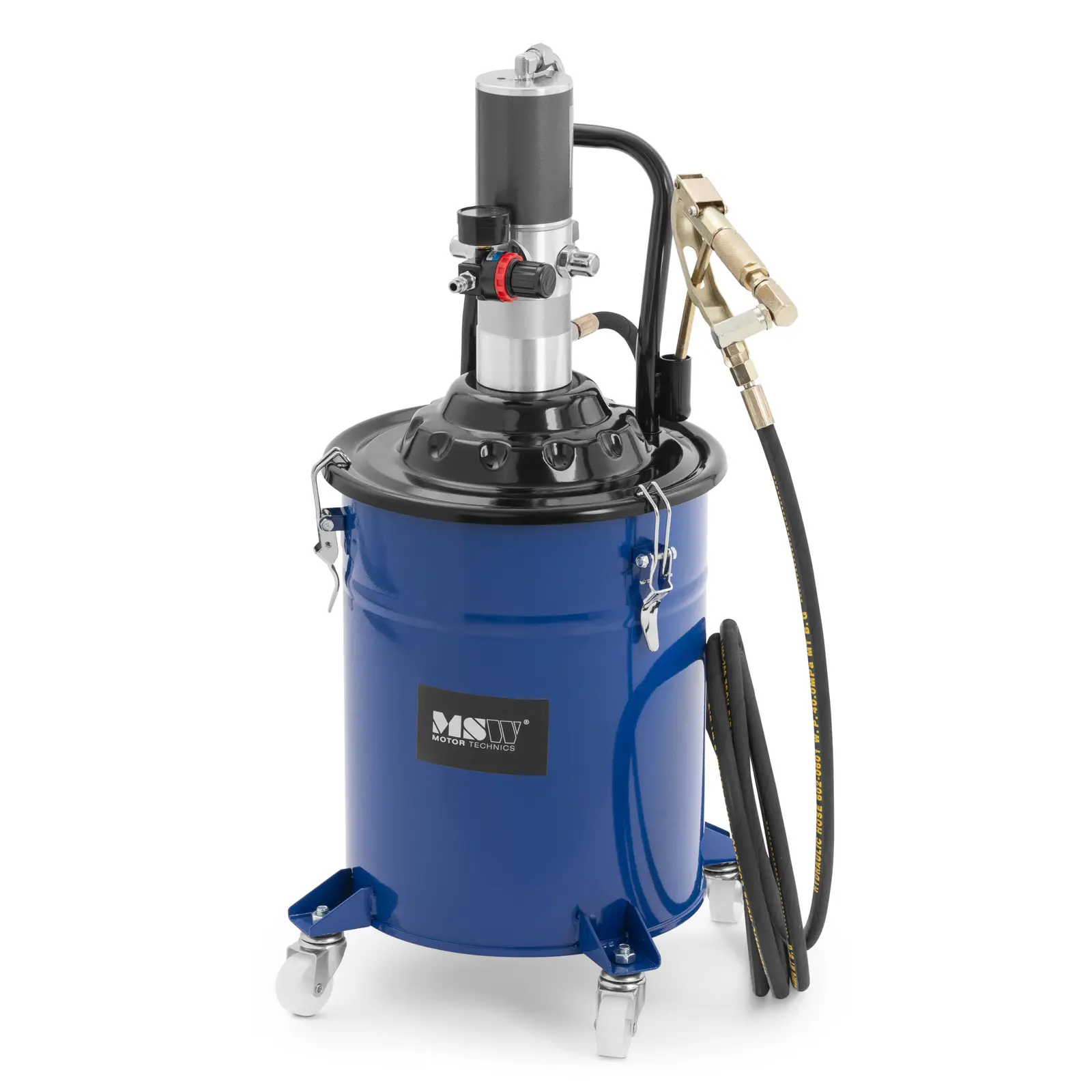
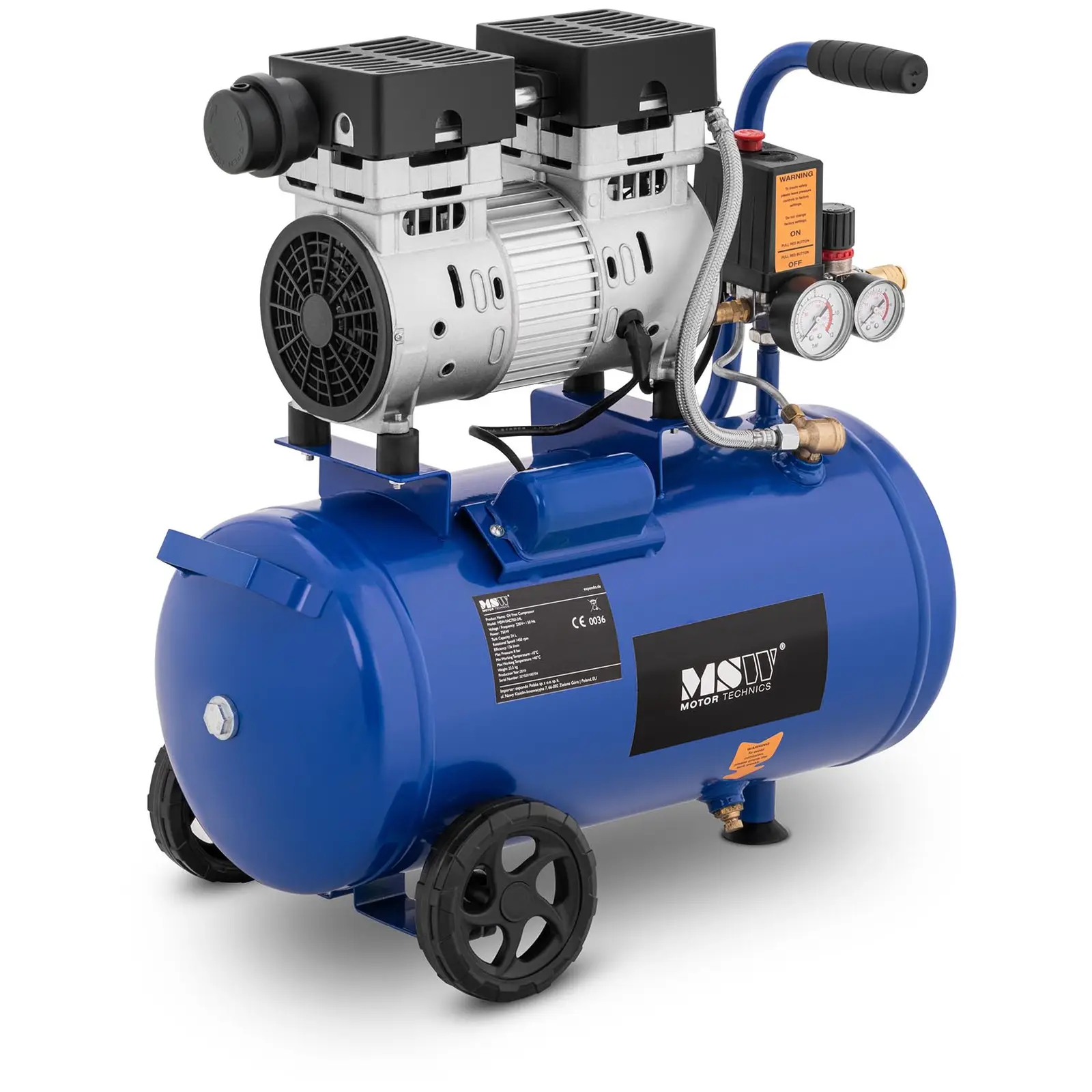
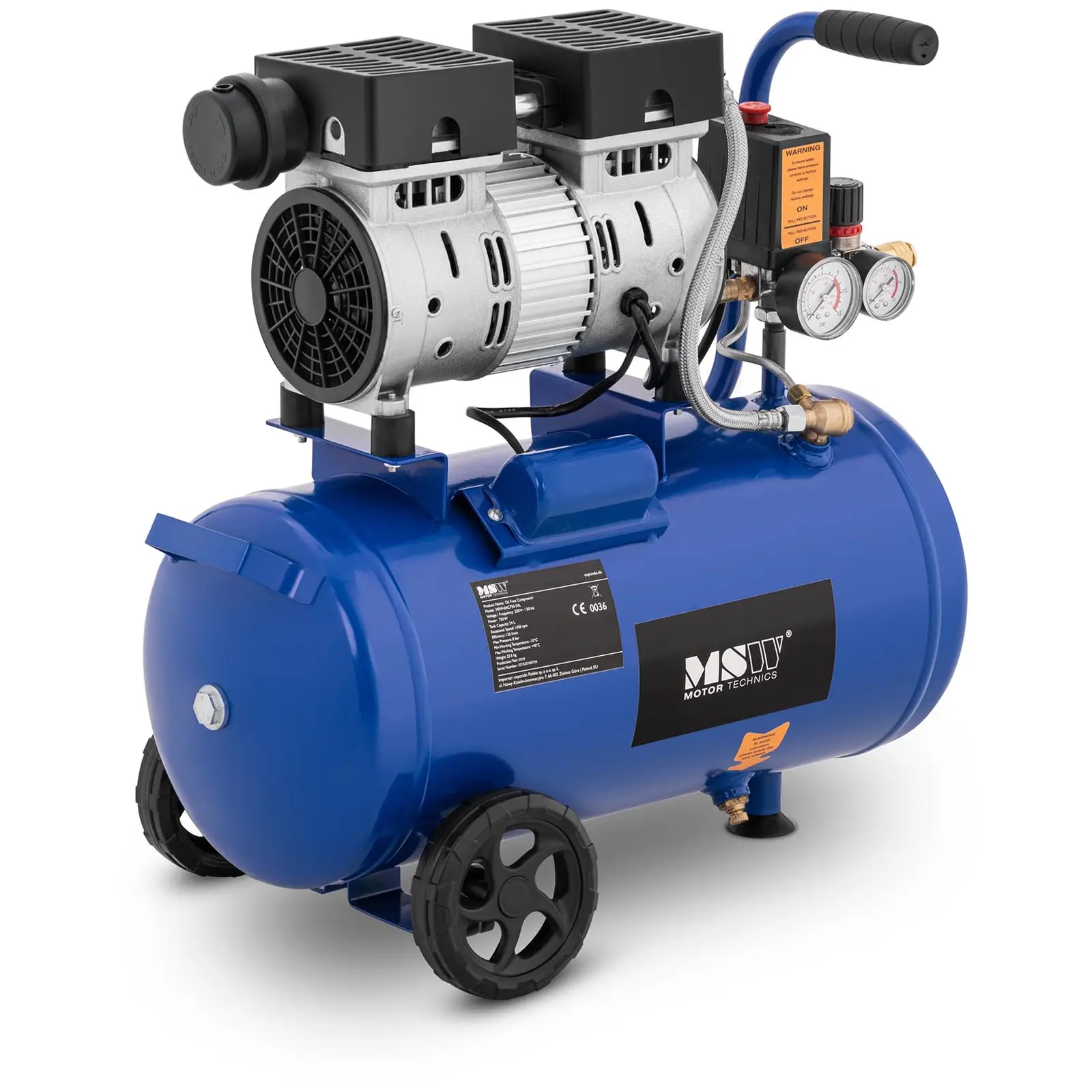
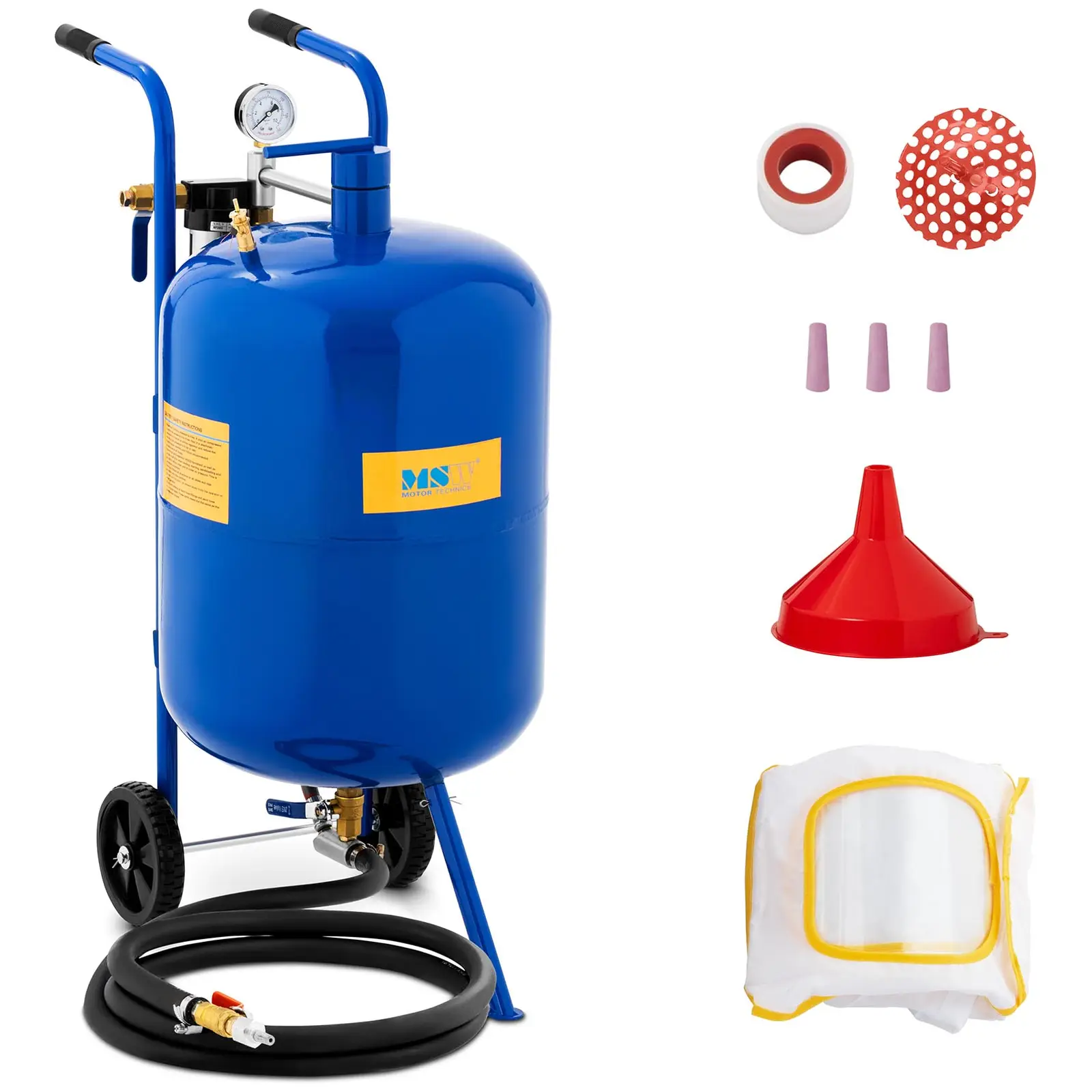
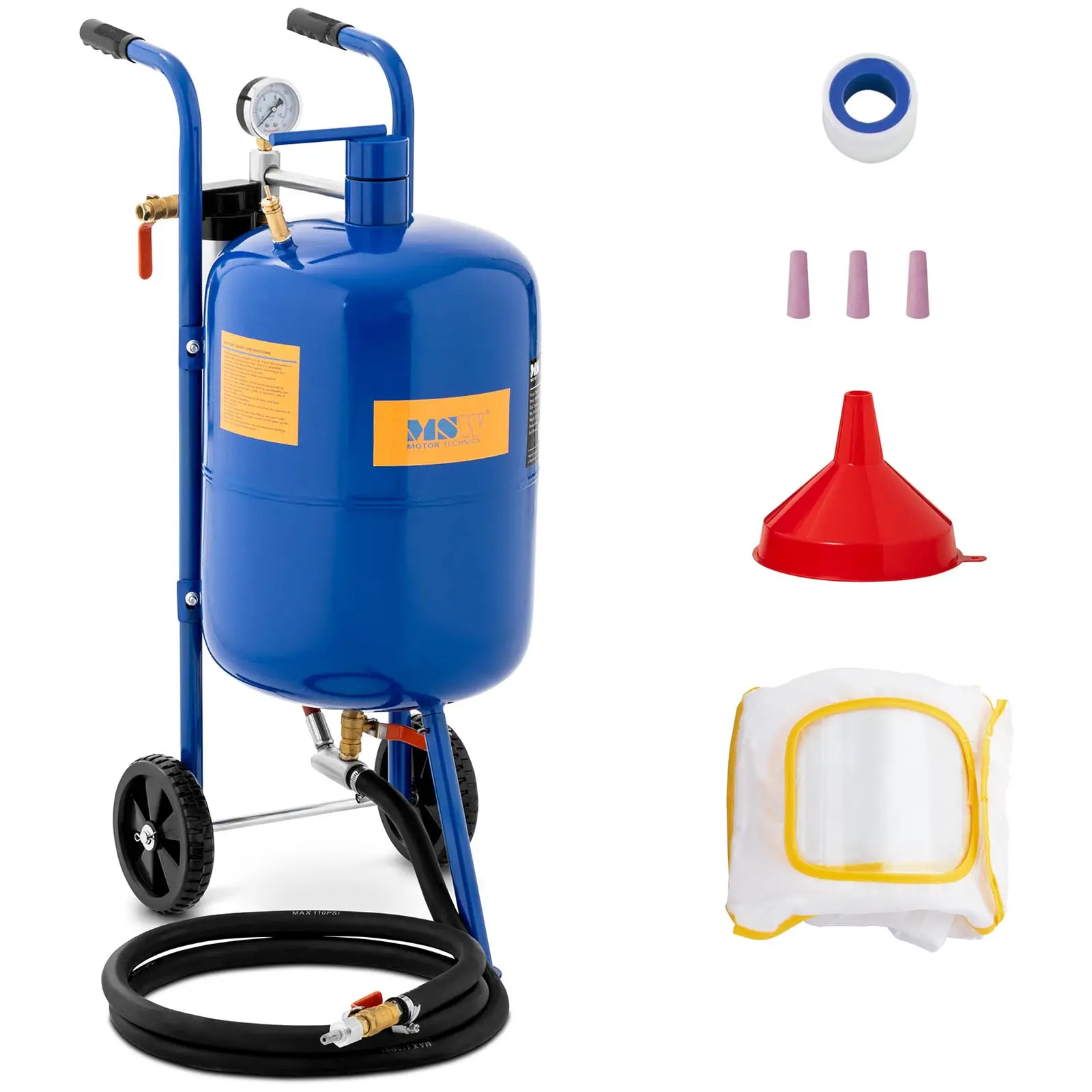
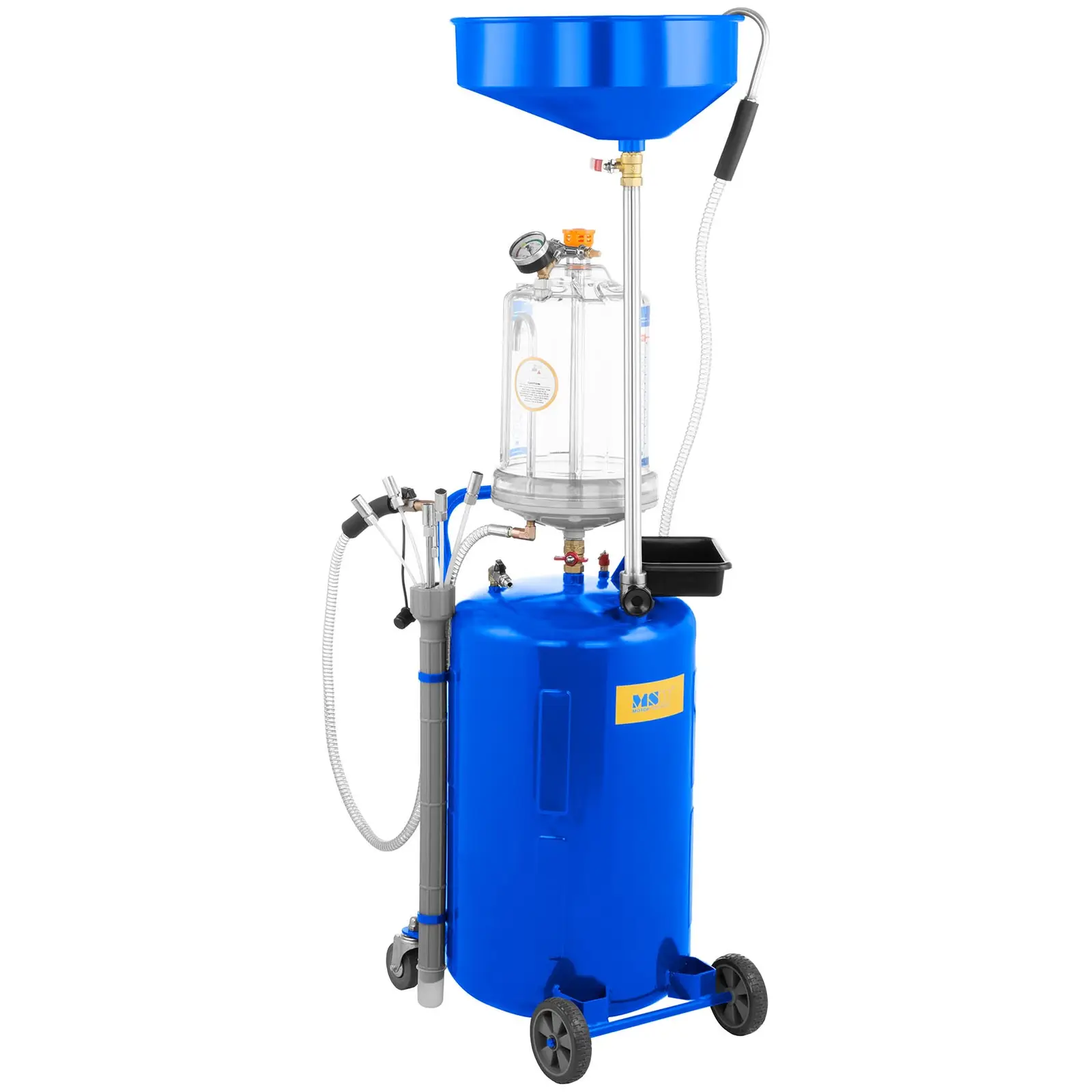
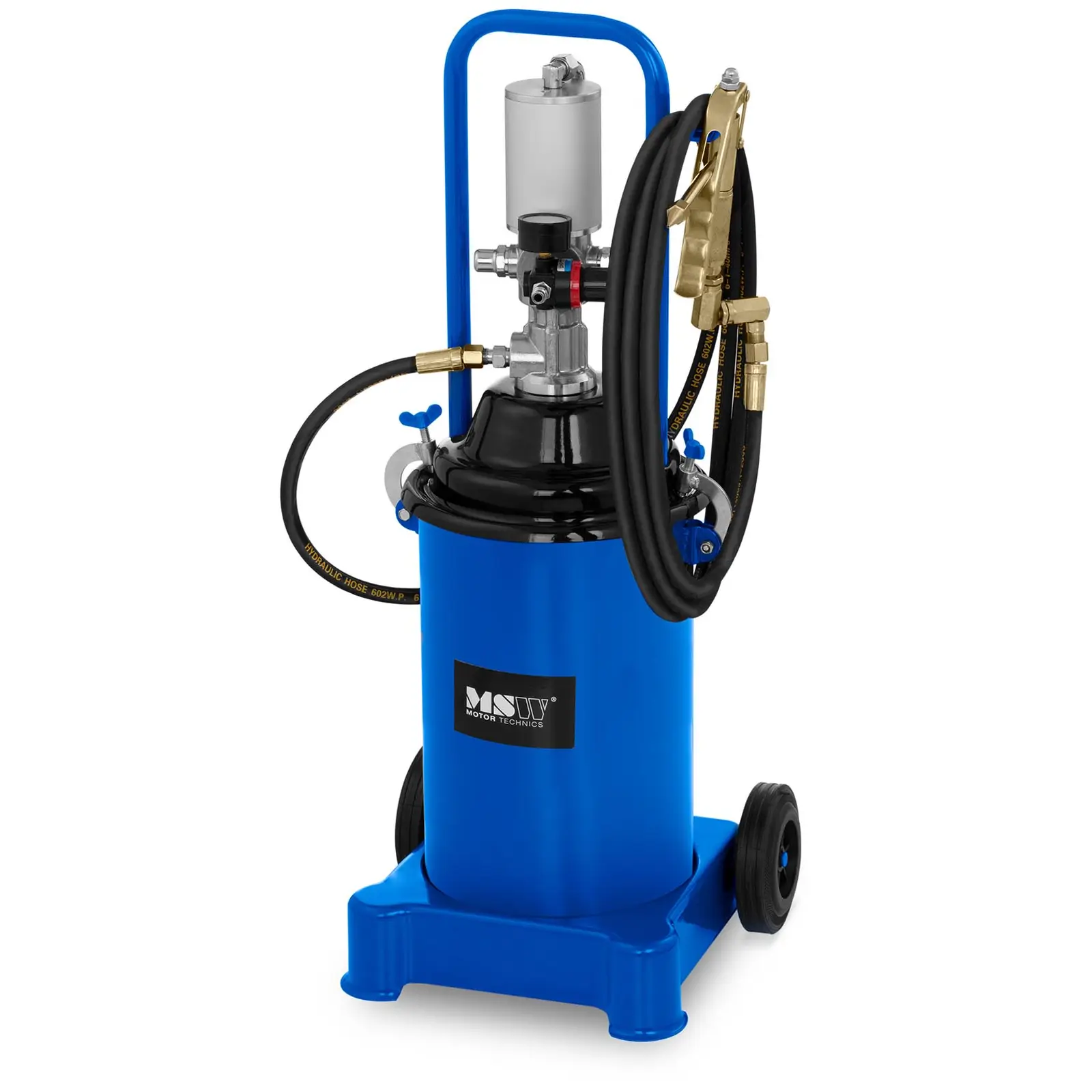
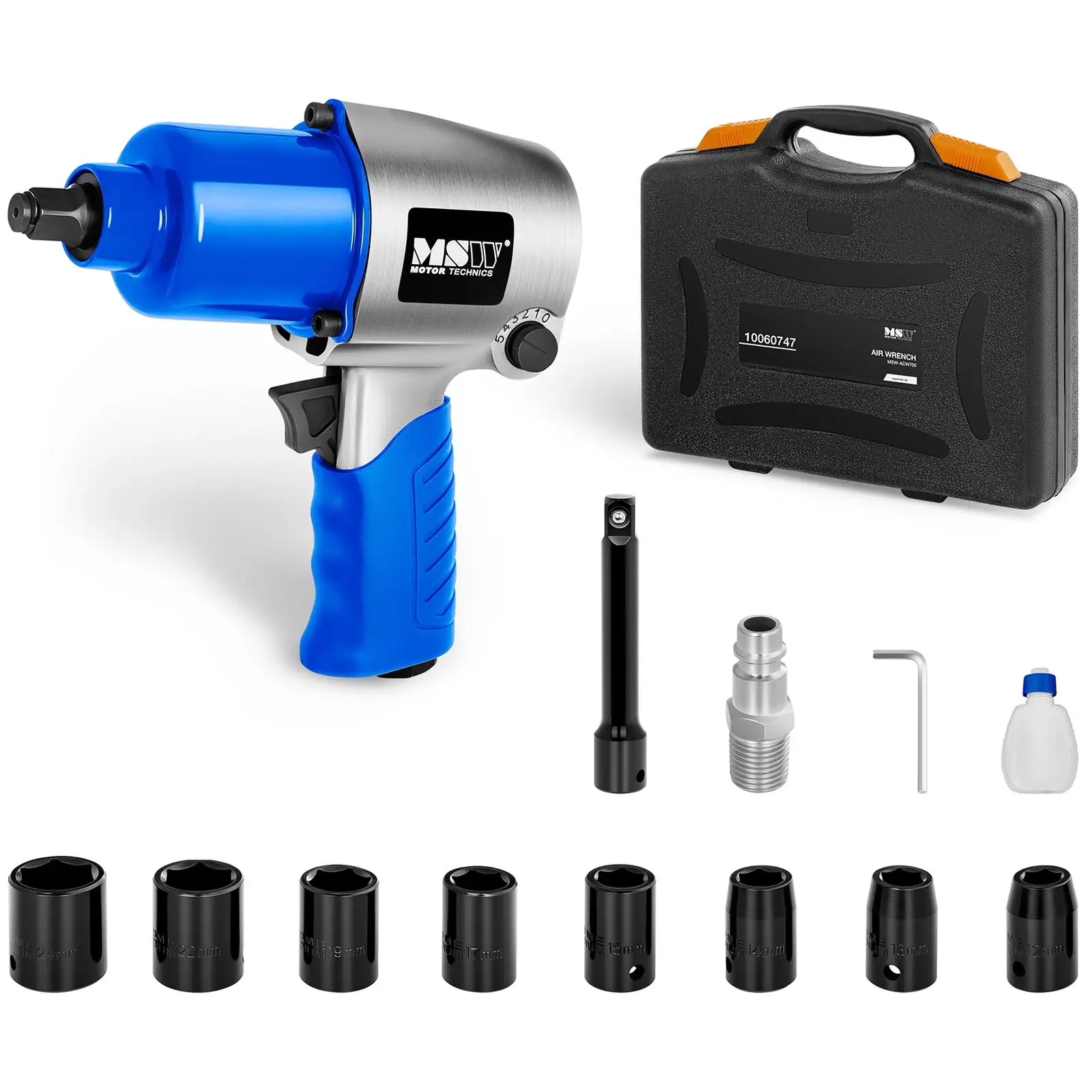
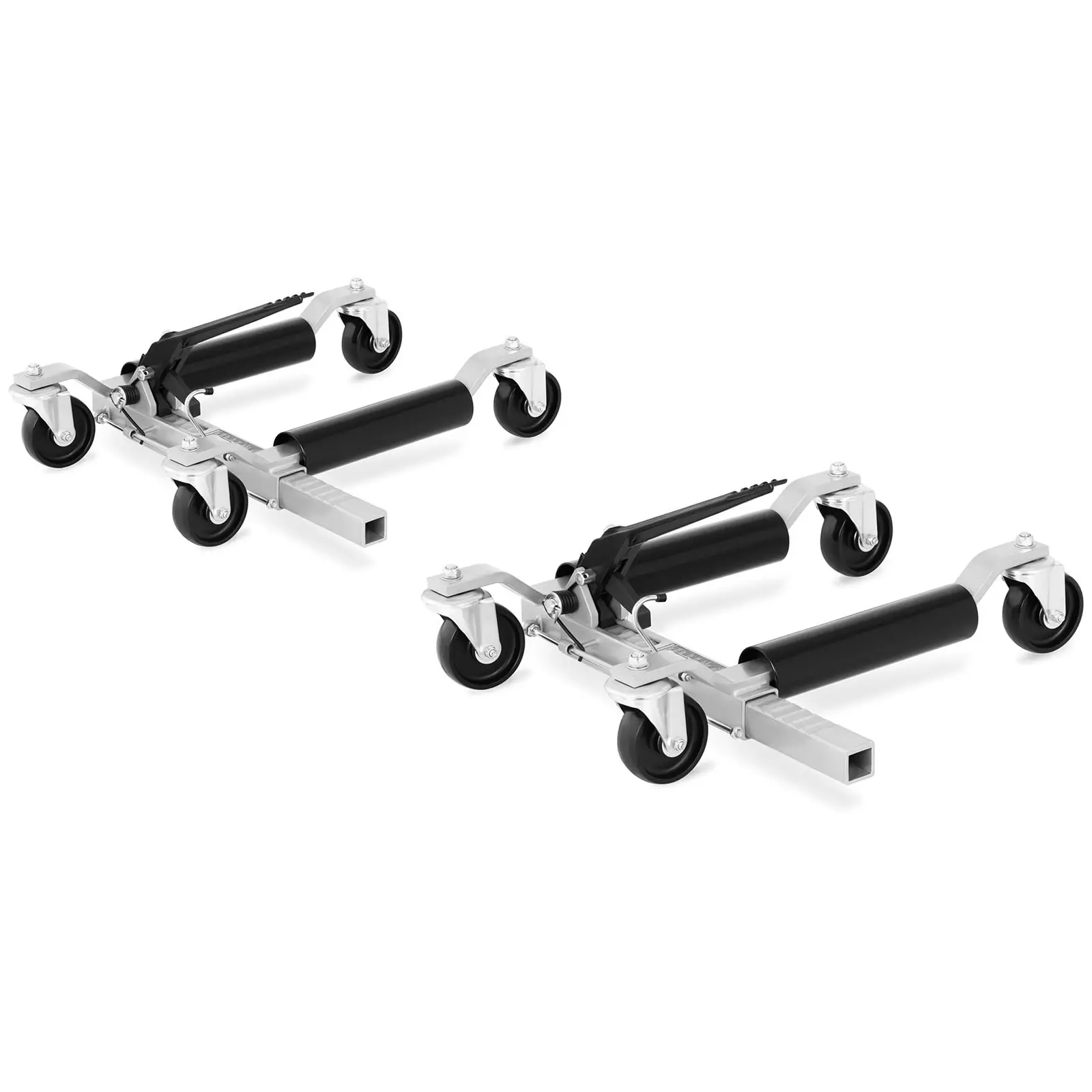
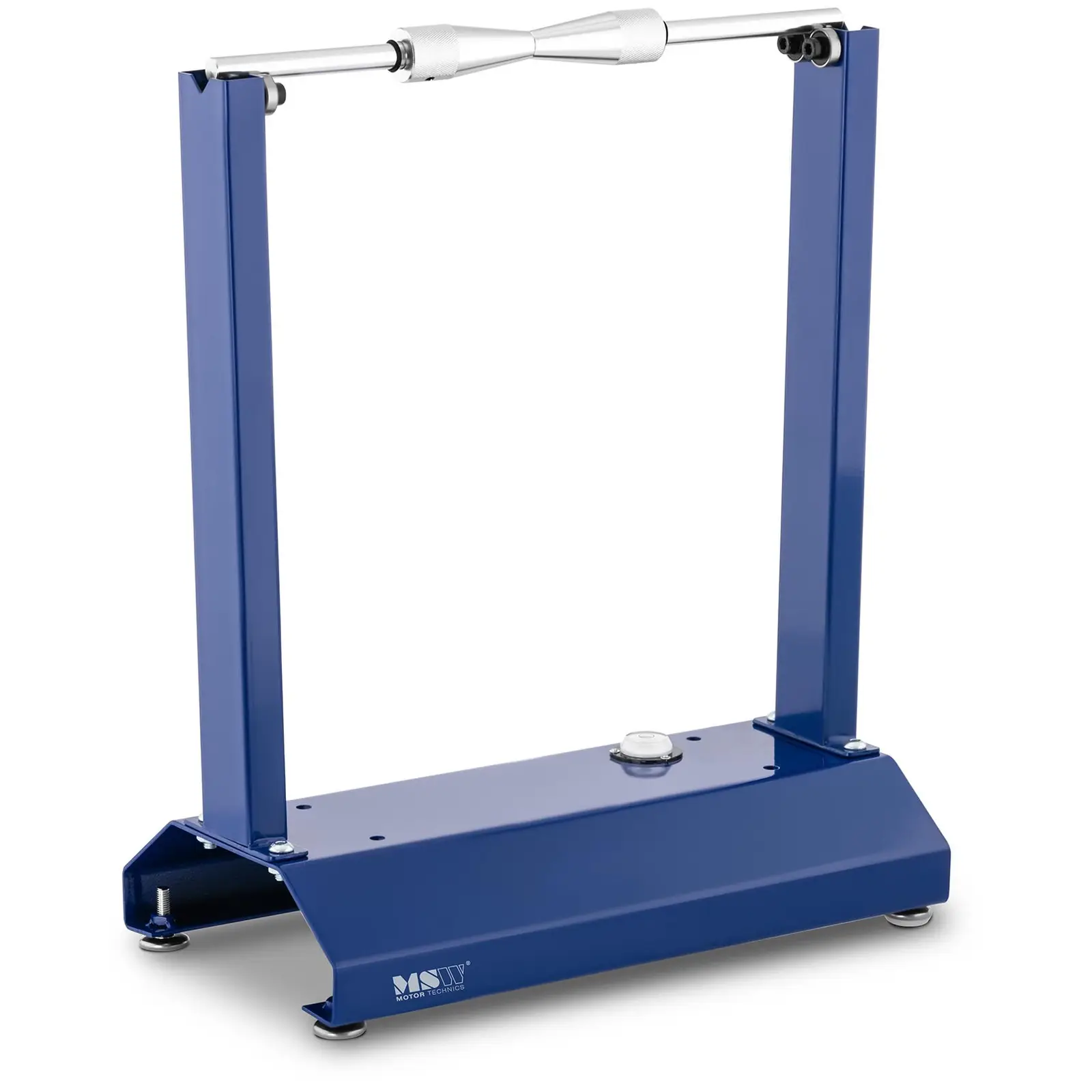
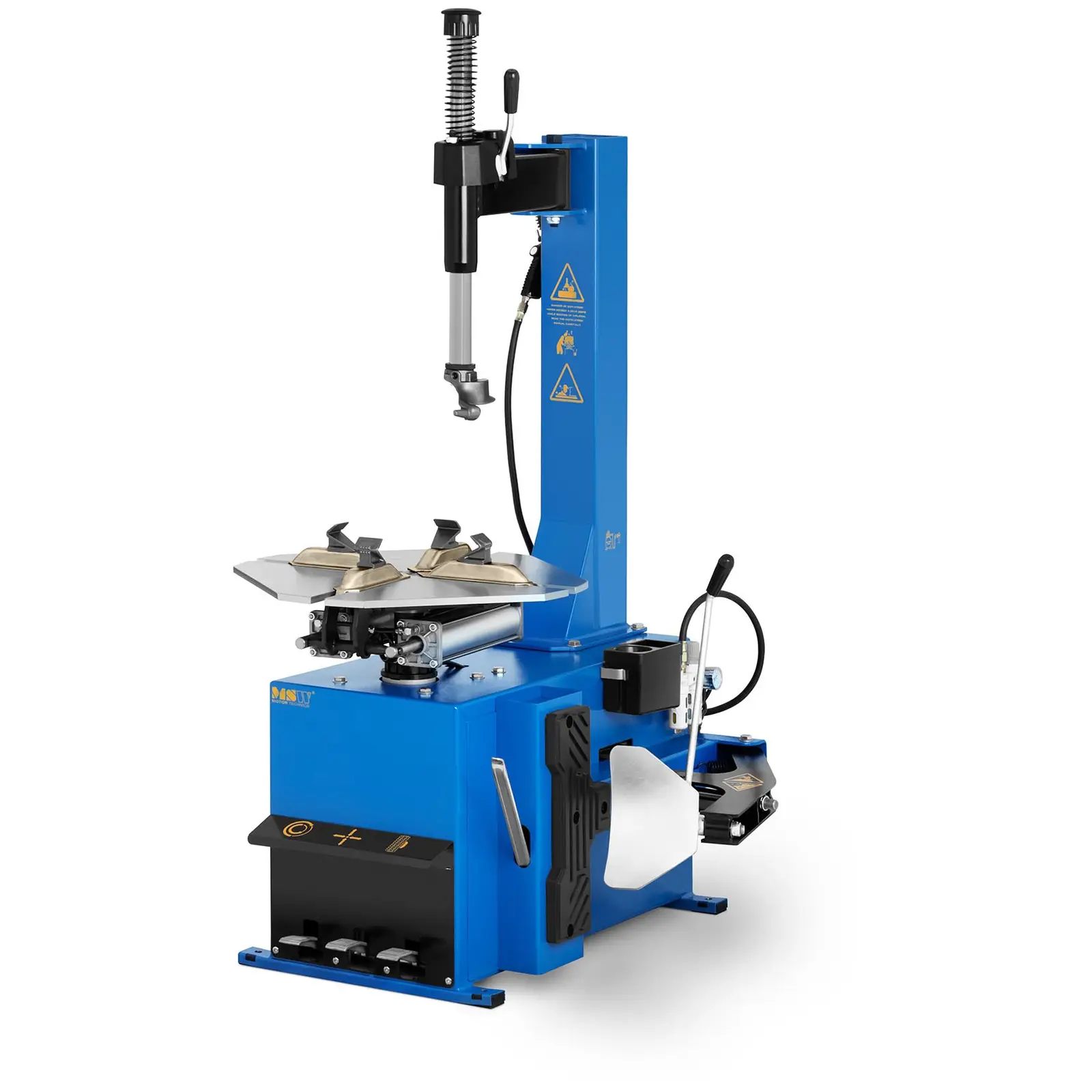
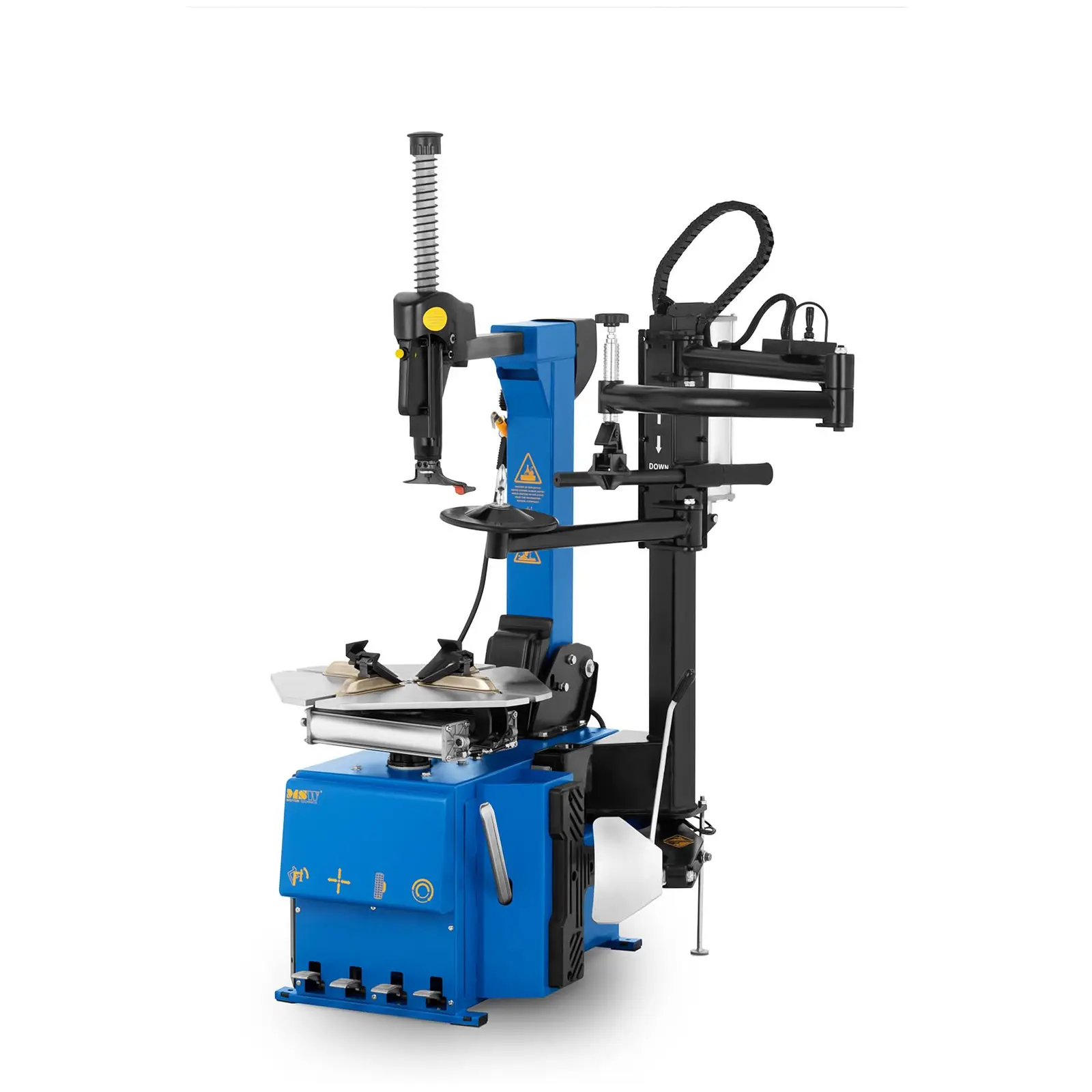

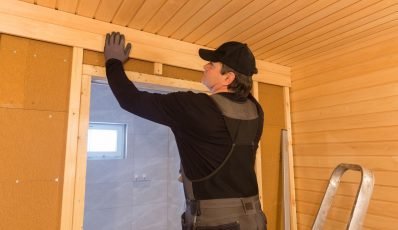
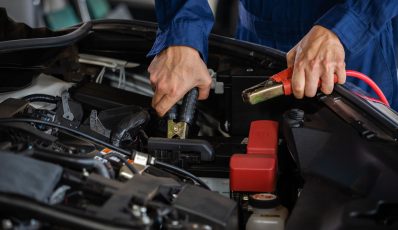



Share